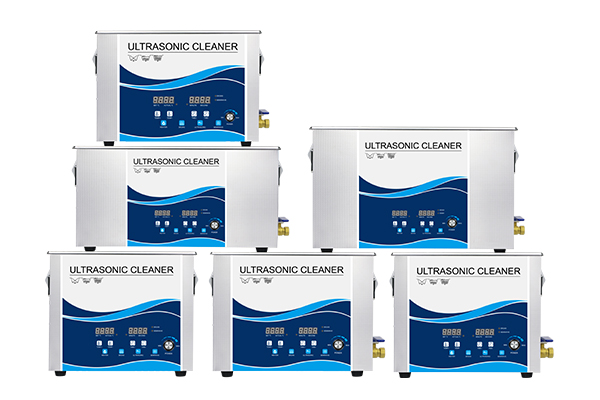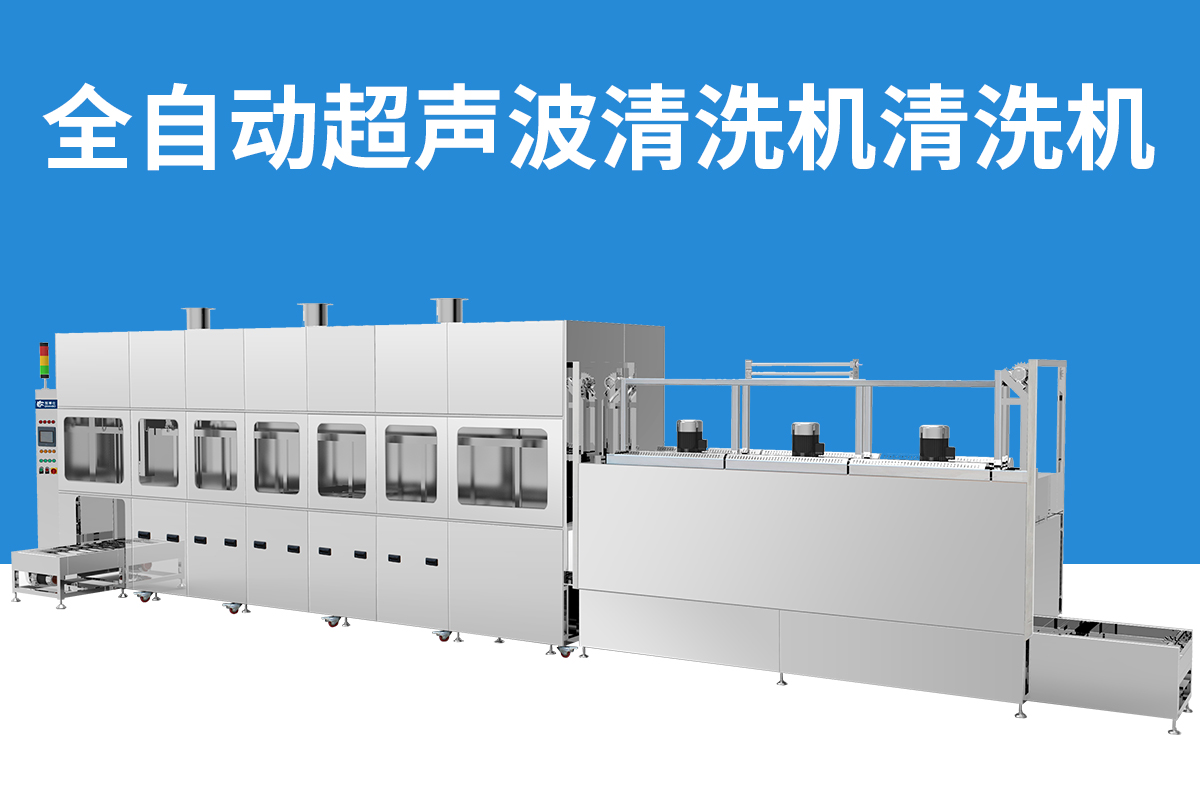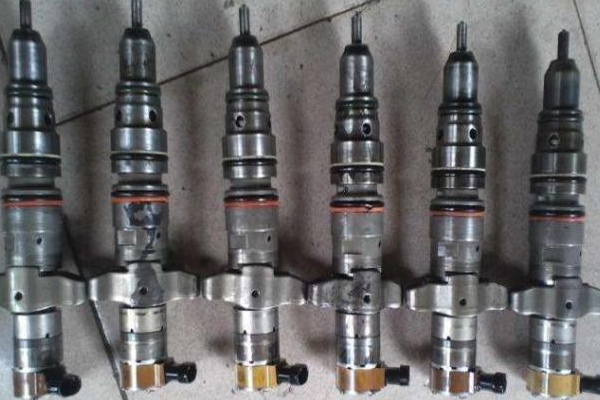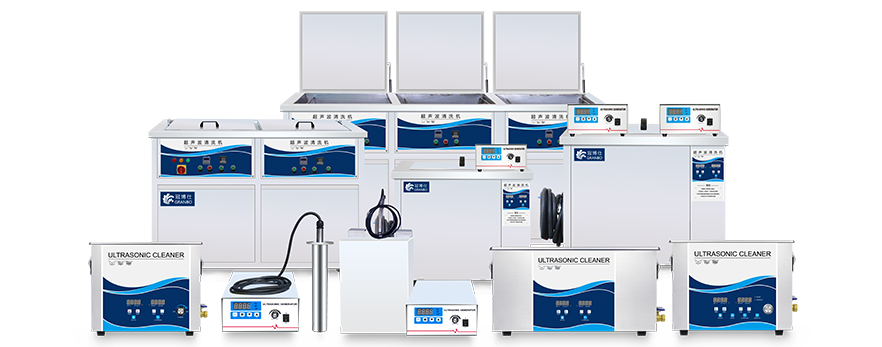Cleaning machine power selection.
Ultrasonic cleaning effect is not necessarily proportional to (power × cleaning time), sometimes with a small power, spend a long time also did not remove the dirt. And if the power reaches a certain value, sometimes the dirt will be removed soon. If you choose too much power, cavitation intensity will greatly increase, the cleaning effect is improved, but then make the more precise parts also produce corrosion points, the loss is not worth it, and cleaning the bottom of the cylinder vibration plate at the cavitation is serious, the water point corrosion also increased, in the use of trichloroethylene and other organic solvents, basically no problem, but the use of water or water-soluble cleaning solution, easy to be subject to water point corrosion, if the vibration plate surface has been scarred, strong power under the water bottom to produce cavitation corrosion is more serious, so to choose the ultrasonic power according to the actual use of the situation.
If water is used as the main cleaning medium, ultrasonic cleaning power reference data.
Cleaning optical glass liquid crystal products, ultrasonic power of 10 ~ 20W / L;
Cleaning precision instrument components, ultrasonic power for 20 ~ 25W / L;
Cleaning metal internal pressure parts, ultrasonic power is 25~30W/L;
For cleaning powder metallurgy parts and fine casting parts, the ultrasonic power is 30~35W/L;
For injection molded devices, due to the complexity of the components, itself is the sound-absorbing body, ultrasonic power in 35W / L or more.
Ultrasonic cleaning effect is not necessarily completely proportional to the power, cleaning time. For a workpiece adhering to dirt, if the cleaning machine power is not enough, then spend more time, the washing effect is also very limited, the power is appropriate, dirt immediately removed. Ultrasonic power is too large, although the cleaning effect is obvious, but may make the precision workpiece surface etching points, the oscillator work surface will also produce cavitation corrosion, which should be avoided. Too much sound intensity will cause too many cavitation bubbles. Increase scattering attenuation, the formation of acoustic barriers, so that sound waves do not easily spread throughout the liquid space, away from the sound source, can not form a balanced cleaning, how to choose the ultrasonic power, need to be based on the shape of the workpiece material, the nature of the cleaning fluid, process and other comprehensive considerations.
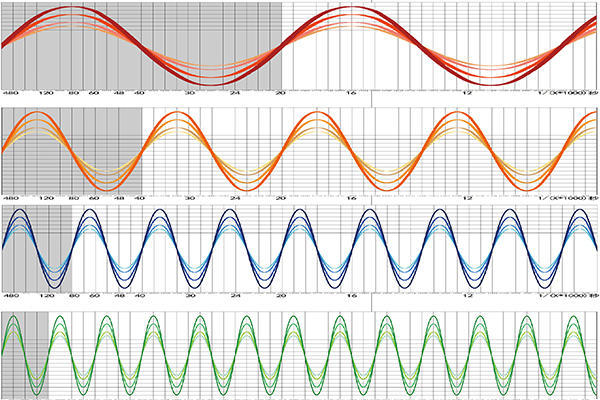
Cleaning machine frequency selection.
In the case of low frequency, the liquid is pressurized and pulled for a longer time; therefore, the cavitation generation time is also long, and the volume is also long, and the impact force generated when the cavitation is closed is proportional to the size of the cavitation bubble. So the lower the frequency, the more intense cavitation.
And we use in industrial cleaning frequency is generally less than 60KHz, the most used is between 20 ~ 40KHz. Use about 20KHz frequency, you can get a relatively small number of cavitation bubbles, but have a large cavitation intensity, and accompanied by noise, can be used to clean the surface of large parts and objects with high surface bonding strength of the workpiece.
With a frequency of about 40KHz, the number of cavitation bubbles produced is large at the same sound pressure, but the cavitation intensity produced when broken is low, with little noise and strong penetration ability, and it is suitable for workpieces with complex surfaces, blind holes, dirt and weak surface bonding.
The ultrasonic power in the cleaning tank determines the size of the sound intensity in the sound field, and the size of the sound intensity directly affects the effect of cavitation, therefore, the appropriate ultrasonic power should be selected.

